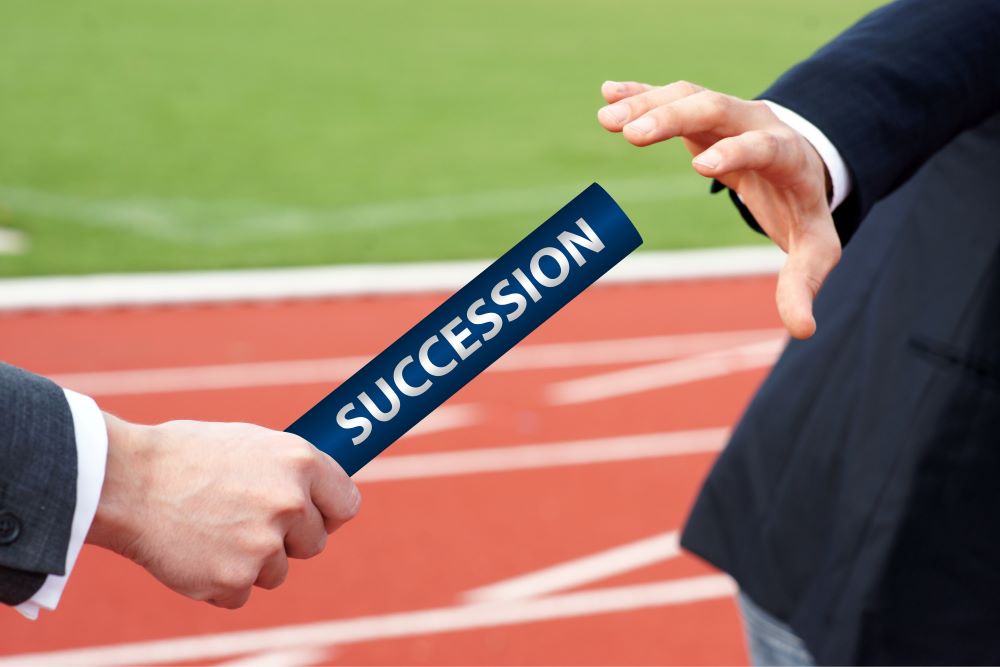
A few years ago here in Arizona we encountered one of our famous monsoons. While these storms are quite turbulent, they are normally harmless beyond a few lightning bolts and a strong downpour of rain in a short window of time. However, this particular storm created an issue for our family. When the storm hit that Sunday morning, we were at our church, just down the street from our house. When we walk to church each week we use the electric garage door to get in and out of our house. The storm knocked out power in the neighborhood, and made our garage door inoperable. We didn’t have any keys with us, so we couldn’t get back into the house. The power was out for more than 90 minutes, so we were completely isolated from the world for that time (no cell phones, no computers, no TV, I didn’t have my wallet or access to the car). The moral of the story…have a backup plan.
In the business world, we need to have alternative plans when things don’t work out the way we had predicted. Nowhere is this more important than in building our work teams. As we accumulate talented team members, over time they will have additional opportunities. This is especially true of nonprofit organizations that often hire young (affordable) talent. Eventually, they will build their skills and be recruited by others to move to a new position elsewhere. In these cases, we need a backup plan. We need a virtual bench.
The concept of the virtual bench is to continuously recruit talent. Basically, you are putting in place an ongoing succession plan for every position in your organization. You may not have a staff vacancy today, but at some point you will, so we need to constantly be on the lookout for the next key acquisition. The virtual bench represents the people that you would go to if a staffing (or board) need arises. Ask yourself, if your top sales person left tomorrow morning, who would you call? What about your lead event services manager? What if your board chair had to step down mid-term? If they left, do you know who you would recruit to fill the hole? We recommend that you ask this question of everyone on your team, both board and staff…even about yourself. If you left, what is the game plan? If there isn’t one, and you want your legacy to survive your departure, help build the succession plan for the organization.
Here are a few best practices to consider when thinking about succession planning…
- Succession planning and building a virtual bench is a process, not an event.
- You need to make time for the process, be consistent, and intentional about how you go about building your bench.
- For those on your virtual bench, make sure you have regular communication with them. Take them to lunch once a quarter, email them updates on things that are happening within the organization, send them a congratulatory note when you hear their name attached to something successful in their current job. These action items all apply whether they know they are on your bench or not.
- The hardest part of this process is when you are looking at your own position. You have to be vulnerable and open with your team about where you think you stand. If you were to step away, who would take over your role? This conversation has to be transparent and very frank throughout the process.
In order to build a sustainable organization, we need to continually fill the pipeline with talent. Talented staff, talented volunteers, talented partners, talented everything. We always need to build our virtual benches and be ready to leap into action when there is a need. Think of it as if you are an athletic director and your head football coach just left for another school. Do you have a list of candidates in the top desk drawer ready to go? As leaders, we should always be ready for change.
Singer Gwen Stefani once said, “Let’s be realistic, it’s not going to be like this forever.” Take time to cultivate your virtual bench. The more time and resources you spend on this process now, the better position you will be in when change comes in the future.
###
About the Author:
Jon Schmieder is the Founder of the Huddle Up Group LLC, a sports industry consulting company led by award-winning executives. Schmieder has over 20 years of experience in leading sports tourism and events organizations through strategic growth and increased community collaboration. The Huddle Up Group has worked with more than 50 sports organizations and destinations on nearly 100 different strategic projects. In 2017, the Huddle Up Group was given the Superior Service Award, the highest honor a consulting firm can earn from the National Association of Sports Commissions. We can be reached at Jon@HuddleUpGroup.com or 602.369.6955. To receive the weekly “Monday Huddle Up” visit www.HuddleUpGroup.com or sign up at www.tinyletter.com/JonSchmieder.
© Huddle Up Group, 2018



